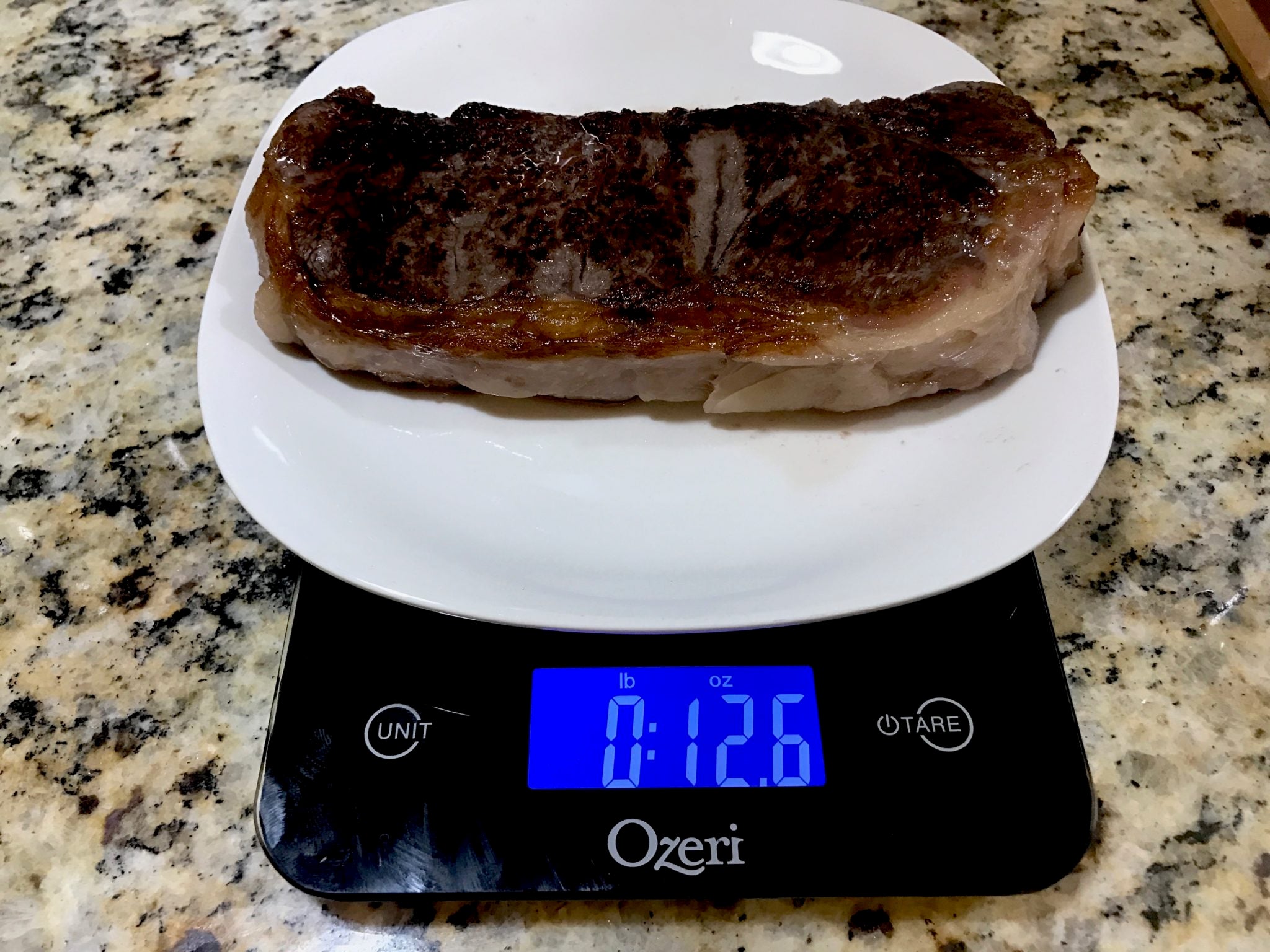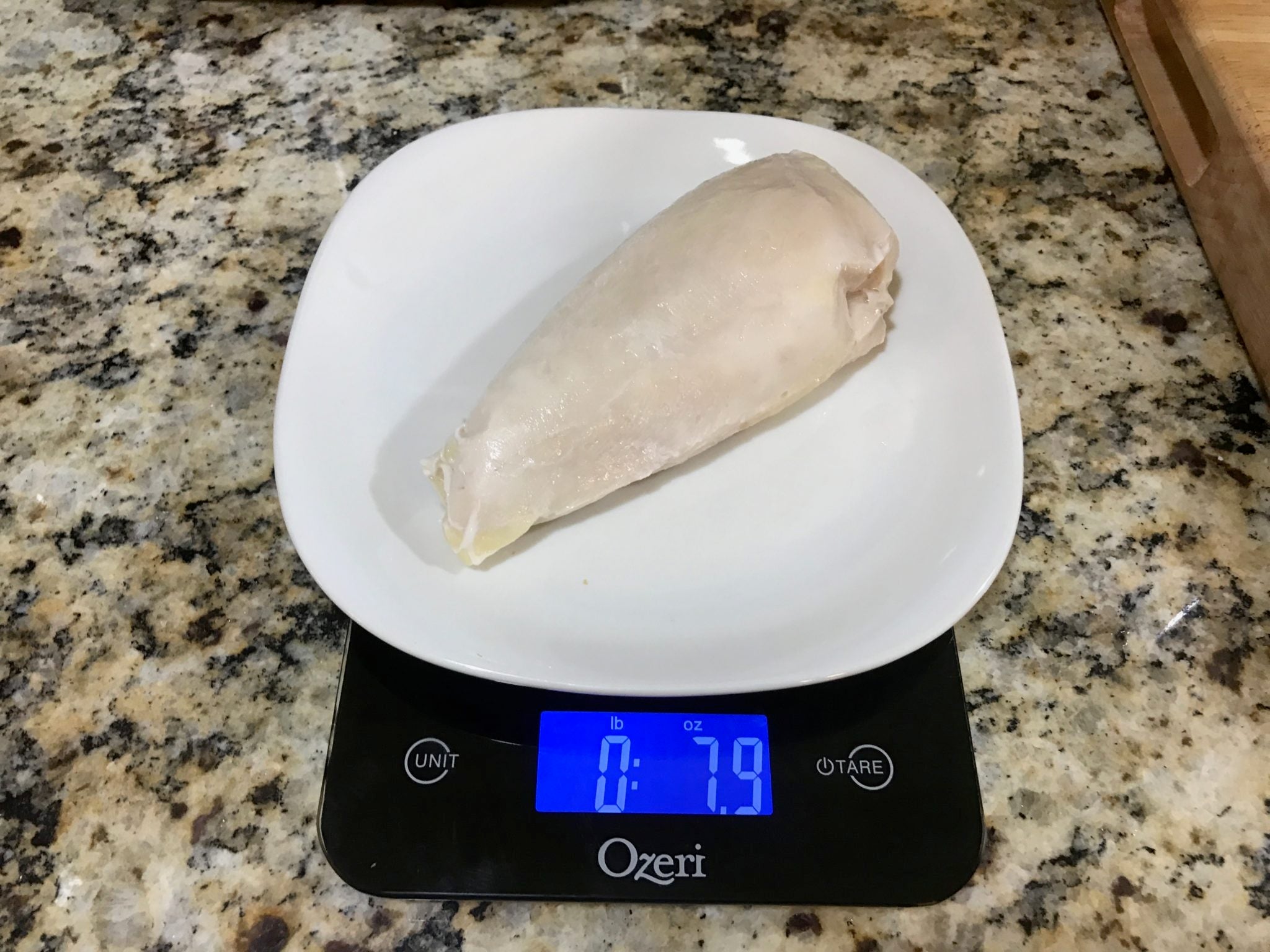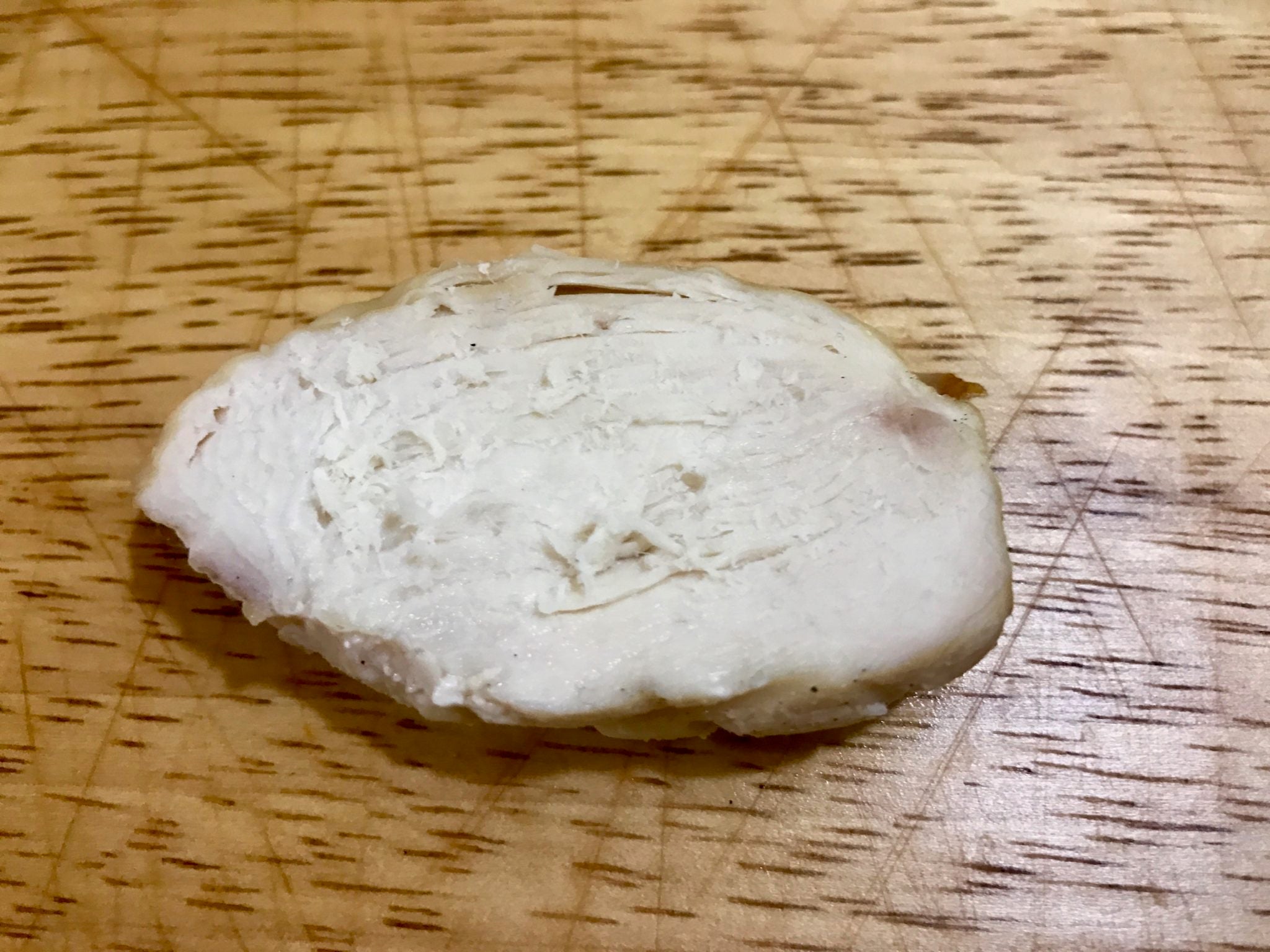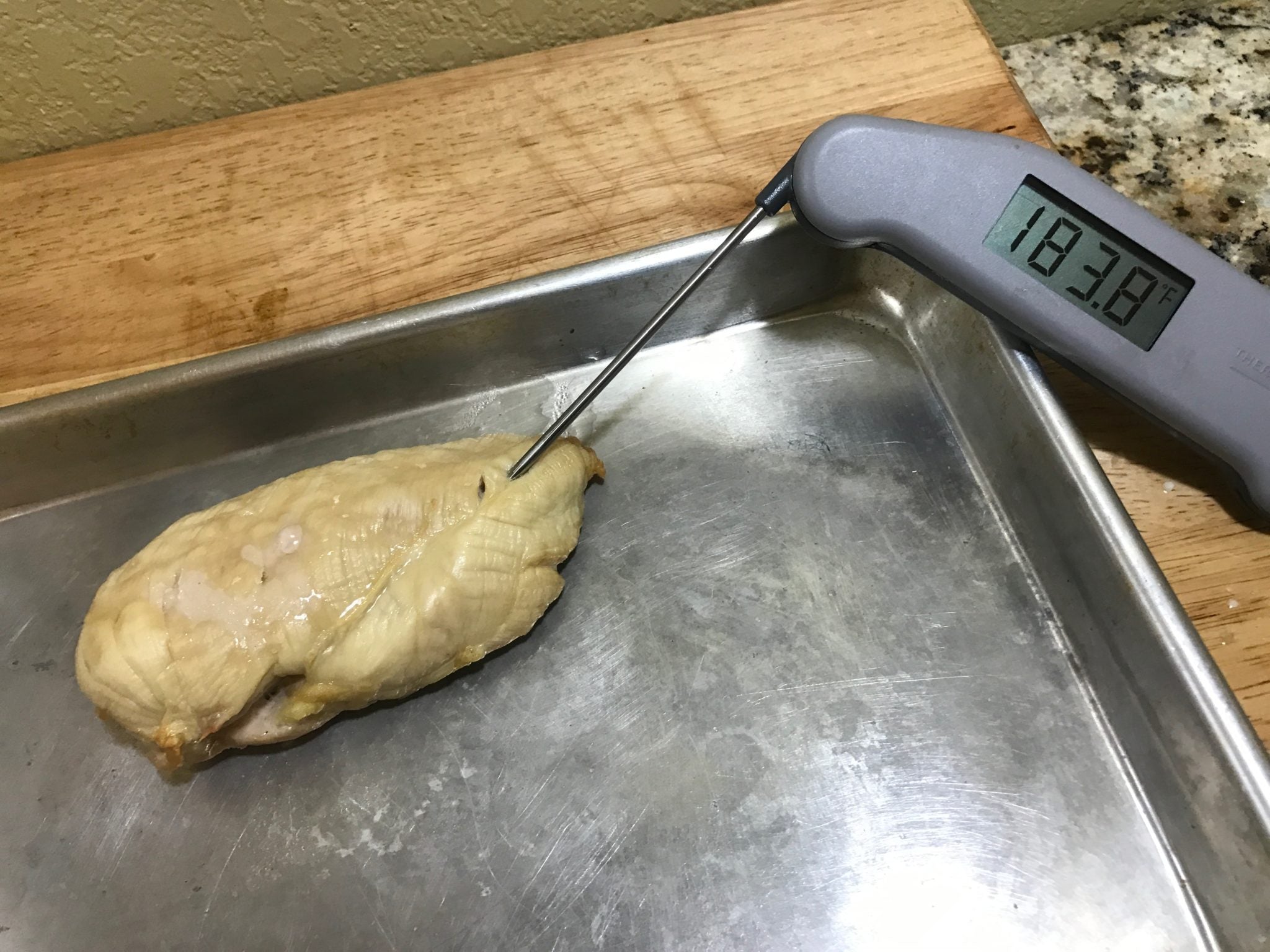Our typical appliances at home are wildly inaccurate. Ovens fluctuate as much as 40°F degrees, and cook from the outside in. Same with grills and skillets. High heat means the outside of your meal is overcooked before the inside is even cooked at all. The results are unpredictable and a few minutes, heck, a few seconds one way or the other means overcooking or undercooking. The best news is there is an answer to these common woes. Anova cooks your food at a precise temperature, evenly, from edge-to-edge, every time you flip it on.
We put two of everyone’s favorite proteins to the test, steak and chicken, to show the real difference that cooking with Anova makes.
How Does Steak Stack Up?
To demonstrate the advantages of cooking with
Anova, we took two NY Strip steaks each 1" thick, salted them, and gave one a 129°F / 53.9°C cook with Anova for 1 hour. The second steak, we cooked in a hot cast-iron skillet for about 4 minutes per side until the internal temperature reached 129°F. We tracked weight before cook, and weight after cook. In the case of the steak cooked with Anova we weighed after the sear in order to be as accurate and fair as possible.
Steak #1. Cooked with Anova at 129°F / 53.9°C for 1 hour:
- Weight before cook: 13.2 oz (375 grams)

- Weight after cook and after one minute sear at 500°F in cast-iron skillet: 12.6 oz (359 grams)

- Moisture loss by weight: 4.2%

Steak #2. Cooked in 500°F cast-iron skillet until internal temperature reached 129°F / 53.9°C.
- Weight before cook: 13.6 oz (387 grams)

- Weight after cook: 10.1 oz (286 grams)

- Moisture loss by weight: 26%

Steak Results
The steak cooked with Anova retained over 6 times the juices as one cooked in a traditional cast-iron skillet. The doneness was precise from edge-to-edge, compared to the steak cooked in a pan which had large gradient bands of overcooking near the edges.
No More Chicken Conundrums
Our second test involved some good ol' boneless and skinless chicken breast. Traditionally chicken breast becomes dry and stringy at the USDA approved internal temp for food safety of 165°F / 73.9°C. With Anova we can safely cook the chicken at a lower temperature (145°F / 62.8°C) for a longer period of time, and the results speak for themselves. We cooked two breasts, roughly 1" thick. One at 145°F / 62.8°C for 2 hours with Anova, and the other we baked at 400°F in the oven until the thickest part of the breast registered a temperature of 165°F / 73.9°C.
Chicken breast #1. Cooked at 145°F / 62.8°C for 2 hours with Anova:
- Weight before cook: 8.8 oz (249 grams)

- Weight after cook: 7.9 oz (224 grams)

- Moisture loss by weight: 10%

Chicken Breast #2. Baked at 400°F until thickest part of breast reached 165°F / 73.9°C.
- Weight before cooking: 8.7 oz (248 grams)

- Weight after cooking: 5.9 oz (168 grams)

- Moisture loss by weight: 32.2%

Chicken Results
Most notable was the moisture loss for the chicken cooked in the oven. Almost a third of the chicken is lost to the high heat cooking. Secondly, and not noted above, but due to the shape of the chicken breast, the thinner parts of the chicken registered over 183°F / 83.9°C by the time the thicker portion reached a safe temperature.

The chicken cooked with Anova was noticeably juicy both in appearance and while eating. The oven chicken was beginning to get dry and stringy and had an obvious subpar texture.
Precision Matters
At the end of the day, the results are pretty easily relayed. If you want food that is cooked precisely from edge-to-edge, while retaining far more moisture and juices within the meat, Anova is the answer. Skip the guesswork of traditional appliances.
All of that said, don't ditch the cast-iron skillets! Use them for what they are best for, holding heat and giving your steaks a wicked sear post-cook. Your oven? Maybe not the best tool to use from start to finish, but fire up that broiler for some perfect browning on your chicken after it leaves the warm-water bath.
Anova can be another tool in your arsenal, and we think your favorite tool in your arsenal!
Check out our
recipes site for more ideas on what to cook, and be certain they will turn out perfect time after time!












 The chicken cooked with Anova was noticeably juicy both in appearance and while eating. The oven chicken was beginning to get dry and stringy and had an obvious subpar texture.
The chicken cooked with Anova was noticeably juicy both in appearance and while eating. The oven chicken was beginning to get dry and stringy and had an obvious subpar texture.

